Ir al contenidoDidáctica: lengua inglesa y alfabetización
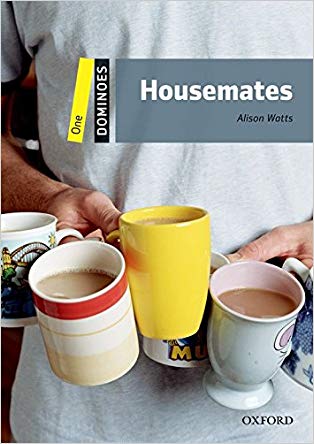 Chris leaves his home in a small town in Australia to go and study at the University of Sydney. He needs to find somewhere to live. But it's not easy to find a house to share in a big city. Every house has its problems, and not all of Chris's housemates are easy to live with. In fact, some of them are very difficult people! Can Chris find the house that he needs with housemates that he can live with?
Chris leaves his home in a small town in Australia to go and study at the University of Sydney. He needs to find somewhere to live. But it's not easy to find a house to share in a big city. Every house has its problems, and not all of Chris's housemates are easy to live with. In fact, some of them are very difficult people! Can Chris find the house that he needs with housemates that he can live with?
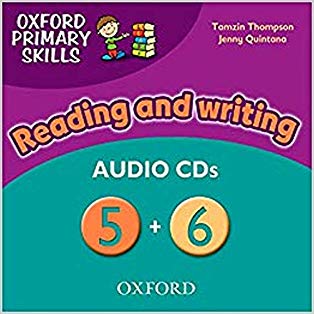



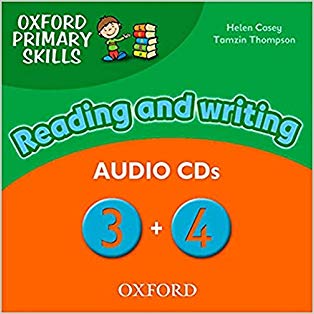

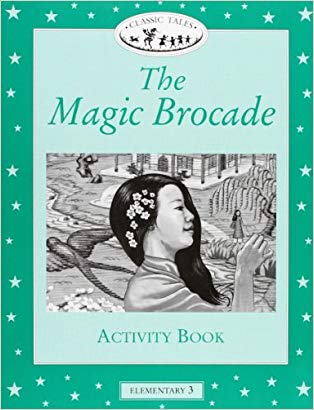

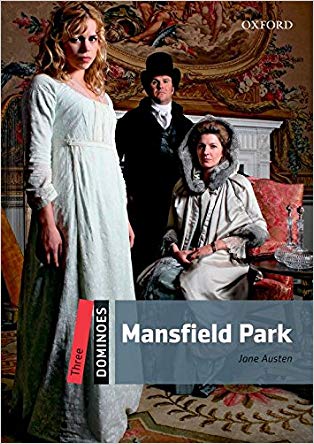 'Why shouldn't we offer to take care of her? She could live with us at Mansfield.' In this way Mrs Norris persuades her sister, Lady Bertram, and Lady Bertram's husband, Sir Thomas, to ask their poor niece Fanny Price to live with them at Mansfield Park. At first Fanny is unhappy there. Then, after she makes friends with her young cousins, things improve. But what happens when the cousins are older, and starting to think of love?
'Why shouldn't we offer to take care of her? She could live with us at Mansfield.' In this way Mrs Norris persuades her sister, Lady Bertram, and Lady Bertram's husband, Sir Thomas, to ask their poor niece Fanny Price to live with them at Mansfield Park. At first Fanny is unhappy there. Then, after she makes friends with her young cousins, things improve. But what happens when the cousins are older, and starting to think of love?
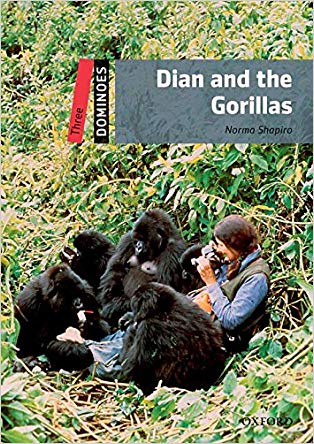 Over the years hunters, poachers, and war have killed many of the gorillas of central Africa. But there are still a few hundred living high in the mists of the Virunga Mountains. When Dian Fossey first saw a family of wild mountain gorillas in the Virungas she knew that she must help these wonderful animals. This true story tells of the twenty years she lived with them, watched them, wrote about them, and protected them. In the end, she gave her life for them.
Over the years hunters, poachers, and war have killed many of the gorillas of central Africa. But there are still a few hundred living high in the mists of the Virunga Mountains. When Dian Fossey first saw a family of wild mountain gorillas in the Virungas she knew that she must help these wonderful animals. This true story tells of the twenty years she lived with them, watched them, wrote about them, and protected them. In the end, she gave her life for them.
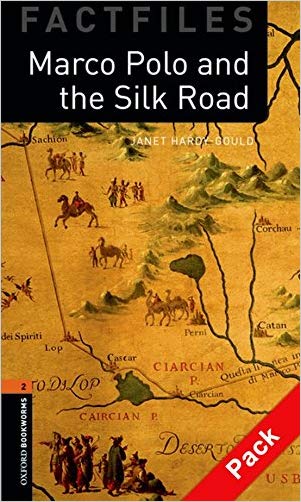 For a child in the great city of Venice in the thirteenth century, there could be nothing better than the stories of sailors. There were stories of strange animals, wonderful cities, sweet spices, and terrible wild deserts where a traveller could die. One young boy listened, waited, and dreamed. Perhaps one day his father and uncle would return. Perhaps he too could travel with them to great markets in faraway places. For young Marco Polo, later the greatest traveller of his time, a dangerous, exciting world was waiting...
For a child in the great city of Venice in the thirteenth century, there could be nothing better than the stories of sailors. There were stories of strange animals, wonderful cities, sweet spices, and terrible wild deserts where a traveller could die. One young boy listened, waited, and dreamed. Perhaps one day his father and uncle would return. Perhaps he too could travel with them to great markets in faraway places. For young Marco Polo, later the greatest traveller of his time, a dangerous, exciting world was waiting...
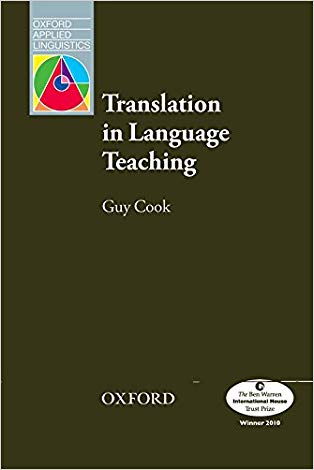 A groundbreaking reconsideration of translation in English language teaching, this book is a survey and critical assessment of arguments for and against translation in different teaching contexts. This book proposes translation as one of a number of ways of relating English to students own languages. It surveys the contexts of monolingual and bilingual teaching and discusses the different uses and roles of translation and bilingualisation for different stages and ages of learning and for different purposes, e.g. explanation, practice, and testing. Establishing a new direction in practice and research, it goes on to suggest and discuss ways in which translation might be incorporated into materials, curriculum development, and teacher education.The book presents translation as: An aid to language acquisition, pedagogy, and testing.A contribution to student needs, rights, and empowerment.An educational insight into relationships between langu
A groundbreaking reconsideration of translation in English language teaching, this book is a survey and critical assessment of arguments for and against translation in different teaching contexts. This book proposes translation as one of a number of ways of relating English to students own languages. It surveys the contexts of monolingual and bilingual teaching and discusses the different uses and roles of translation and bilingualisation for different stages and ages of learning and for different purposes, e.g. explanation, practice, and testing. Establishing a new direction in practice and research, it goes on to suggest and discuss ways in which translation might be incorporated into materials, curriculum development, and teacher education.The book presents translation as: An aid to language acquisition, pedagogy, and testing.A contribution to student needs, rights, and empowerment.An educational insight into relationships between langu
 Chris leaves his home in a small town in Australia to go and study at the University of Sydney. He needs to find somewhere to live. But it's not easy to find a house to share in a big city. Every house has its problems, and not all of Chris's housemates are easy to live with. In fact, some of them are very difficult people! Can Chris find the house that he needs with housemates that he can live with?
Chris leaves his home in a small town in Australia to go and study at the University of Sydney. He needs to find somewhere to live. But it's not easy to find a house to share in a big city. Every house has its problems, and not all of Chris's housemates are easy to live with. In fact, some of them are very difficult people! Can Chris find the house that he needs with housemates that he can live with?



 'Why shouldn't we offer to take care of her? She could live with us at Mansfield.' In this way Mrs Norris persuades her sister, Lady Bertram, and Lady Bertram's husband, Sir Thomas, to ask their poor niece Fanny Price to live with them at Mansfield Park. At first Fanny is unhappy there. Then, after she makes friends with her young cousins, things improve. But what happens when the cousins are older, and starting to think of love?
'Why shouldn't we offer to take care of her? She could live with us at Mansfield.' In this way Mrs Norris persuades her sister, Lady Bertram, and Lady Bertram's husband, Sir Thomas, to ask their poor niece Fanny Price to live with them at Mansfield Park. At first Fanny is unhappy there. Then, after she makes friends with her young cousins, things improve. But what happens when the cousins are older, and starting to think of love? Over the years hunters, poachers, and war have killed many of the gorillas of central Africa. But there are still a few hundred living high in the mists of the Virunga Mountains. When Dian Fossey first saw a family of wild mountain gorillas in the Virungas she knew that she must help these wonderful animals. This true story tells of the twenty years she lived with them, watched them, wrote about them, and protected them. In the end, she gave her life for them.
Over the years hunters, poachers, and war have killed many of the gorillas of central Africa. But there are still a few hundred living high in the mists of the Virunga Mountains. When Dian Fossey first saw a family of wild mountain gorillas in the Virungas she knew that she must help these wonderful animals. This true story tells of the twenty years she lived with them, watched them, wrote about them, and protected them. In the end, she gave her life for them. For a child in the great city of Venice in the thirteenth century, there could be nothing better than the stories of sailors. There were stories of strange animals, wonderful cities, sweet spices, and terrible wild deserts where a traveller could die. One young boy listened, waited, and dreamed. Perhaps one day his father and uncle would return. Perhaps he too could travel with them to great markets in faraway places. For young Marco Polo, later the greatest traveller of his time, a dangerous, exciting world was waiting...
For a child in the great city of Venice in the thirteenth century, there could be nothing better than the stories of sailors. There were stories of strange animals, wonderful cities, sweet spices, and terrible wild deserts where a traveller could die. One young boy listened, waited, and dreamed. Perhaps one day his father and uncle would return. Perhaps he too could travel with them to great markets in faraway places. For young Marco Polo, later the greatest traveller of his time, a dangerous, exciting world was waiting... A groundbreaking reconsideration of translation in English language teaching, this book is a survey and critical assessment of arguments for and against translation in different teaching contexts. This book proposes translation as one of a number of ways of relating English to students own languages. It surveys the contexts of monolingual and bilingual teaching and discusses the different uses and roles of translation and bilingualisation for different stages and ages of learning and for different purposes, e.g. explanation, practice, and testing. Establishing a new direction in practice and research, it goes on to suggest and discuss ways in which translation might be incorporated into materials, curriculum development, and teacher education.The book presents translation as: An aid to language acquisition, pedagogy, and testing.A contribution to student needs, rights, and empowerment.An educational insight into relationships between langu
A groundbreaking reconsideration of translation in English language teaching, this book is a survey and critical assessment of arguments for and against translation in different teaching contexts. This book proposes translation as one of a number of ways of relating English to students own languages. It surveys the contexts of monolingual and bilingual teaching and discusses the different uses and roles of translation and bilingualisation for different stages and ages of learning and for different purposes, e.g. explanation, practice, and testing. Establishing a new direction in practice and research, it goes on to suggest and discuss ways in which translation might be incorporated into materials, curriculum development, and teacher education.The book presents translation as: An aid to language acquisition, pedagogy, and testing.A contribution to student needs, rights, and empowerment.An educational insight into relationships between langu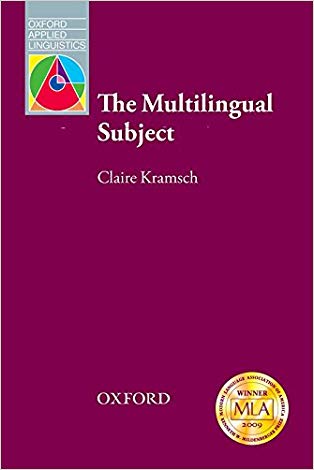 By drawing on multiple examples of real-world language learning situations, this book explores the subjective aspects of the language learning experience. The author encourages readers to consider language learning from new, diverse, and unique perspectives. The book analyses data from a variety of sources, including language memoirs, online data from language learners in chat rooms, and text messaging exchanges. In the analysis of this data, the book looks at the relationship between symbolic form and the development of a multilingual subjectivity; links with memory, emotion, and the imagination; and the implications for language teaching pedagogy.
By drawing on multiple examples of real-world language learning situations, this book explores the subjective aspects of the language learning experience. The author encourages readers to consider language learning from new, diverse, and unique perspectives. The book analyses data from a variety of sources, including language memoirs, online data from language learners in chat rooms, and text messaging exchanges. In the analysis of this data, the book looks at the relationship between symbolic form and the development of a multilingual subjectivity; links with memory, emotion, and the imagination; and the implications for language teaching pedagogy. Ready-to-go grammar lesson plans and photocopiable worksheets to accompany Oxford Practice Grammar Basic.
Ready-to-go grammar lesson plans and photocopiable worksheets to accompany Oxford Practice Grammar Basic.
 Biff, Chip, Kipper and friends have grown up and their true destiny is about to be revealed...Can they stop the evil Virans from destroying history as we know it?
Biff, Chip, Kipper and friends have grown up and their true destiny is about to be revealed...Can they stop the evil Virans from destroying history as we know it?
 Understand what English as a Lingua Franca (ELF) is, explore the benefits of an ELF approach, and learn how to plan, teach, and assess it.
Understand what English as a Lingua Franca (ELF) is, explore the benefits of an ELF approach, and learn how to plan, teach, and assess it.